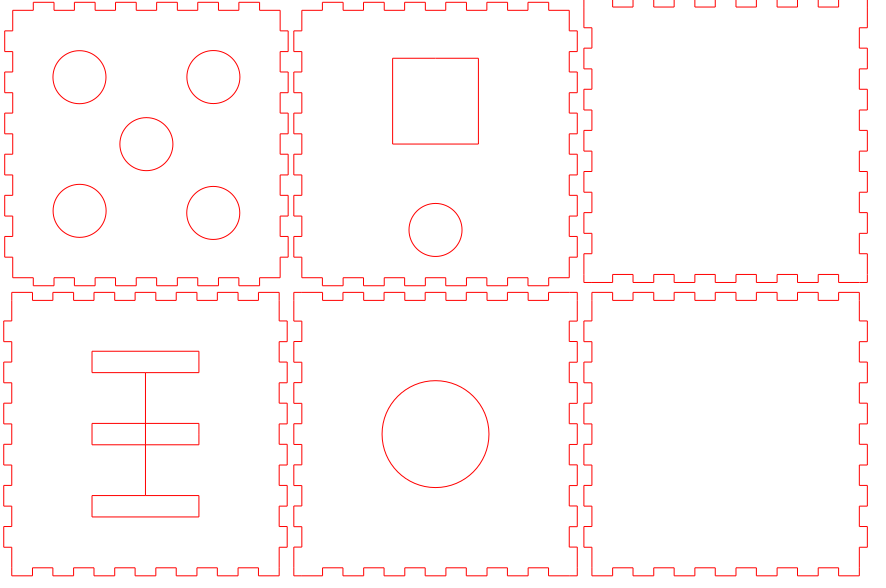Phase 1 - Fast prototyping
This Phase consisted on testing and doing proofs of concept to have a better build final product
Testing and Proof of Concept Phase: In this phase, we conducted various tests and developed proofs of concept to refine the design and functionality of the fidget toy. This involved:
- User Testing: Gathering feedback from potential users to understand their preferences and areas of improvement.
- Prototype Development: Creating and evaluating multiple prototypes to identify the best materials, dimensions, and feature integrations.
- Functionality Testing: Ensuring that all interactive components work seamlessly and contribute effectively to anxiety and stress relief.
- Iterative Improvements: Making continuous adjustments based on testing outcomes to enhance the final product’s build quality and user experience.
1. Down sizing the box
Our last prototype was 150x150x150 this size was unpracticable and way to big to use. we decided to make it smaller and way way better than the last time, get ready for the greatest toy that will have in your hands.
Our goal during this stage is to make sure that every module works perfectly together and that the down sizing of the project is first possible by dividing the volume by 2 (20%).
For rapid prototyping we will use the laser cuter for the big parts like the box.

2. Deciding on our priorities
We identified two crucial aspects of our project to ensure its success:
- Electronics and Programming:
This aspect focused on the integration and functionality of electronic components and the development of software to control interactive features.
- Electronics: We selected and tested components such as microcontrollers, sensors, and LEDs to ensure reliable performance and compatibility.
- Programming: We developed and refined software for the mini piano, snake game, and other interactive elements. This included coding for responsiveness, user interface, and ensuring seamless integration between hardware and software.
- Modeling and Build:
This aspect focused on the physical design and construction of the fidget toy to ensure it is ergonomic, durable, and aesthetically pleasing.
- Modeling: Using CAD software, we designed the toy's physical structure, ensuring it was both compact and user-friendly. We paid special attention to the placement of electronic components to optimize functionality and ease of use.
- Build: We created prototypes using various materials to test the design's practicality and durability. This involved 3D printing and other fabrication techniques to produce a high-quality final product.
Discussions
Become a Hackaday.io Member
Create an account to leave a comment. Already have an account? Log In.